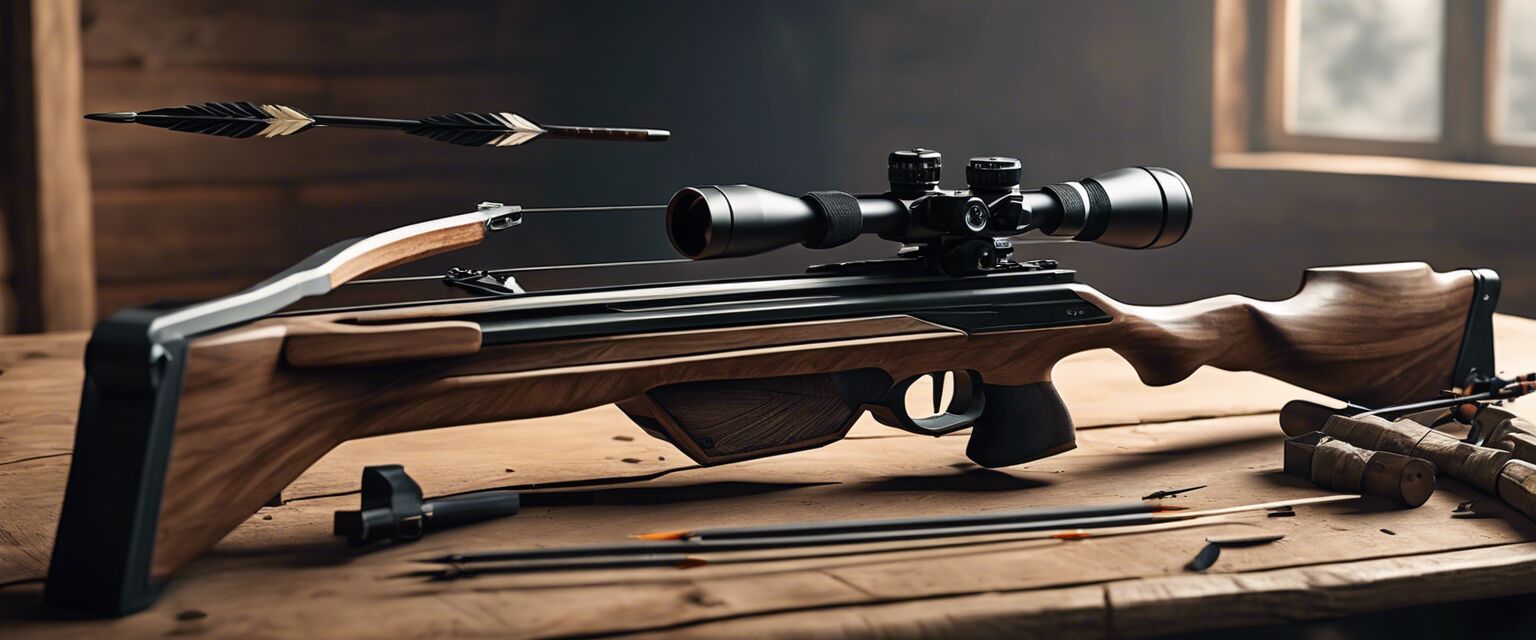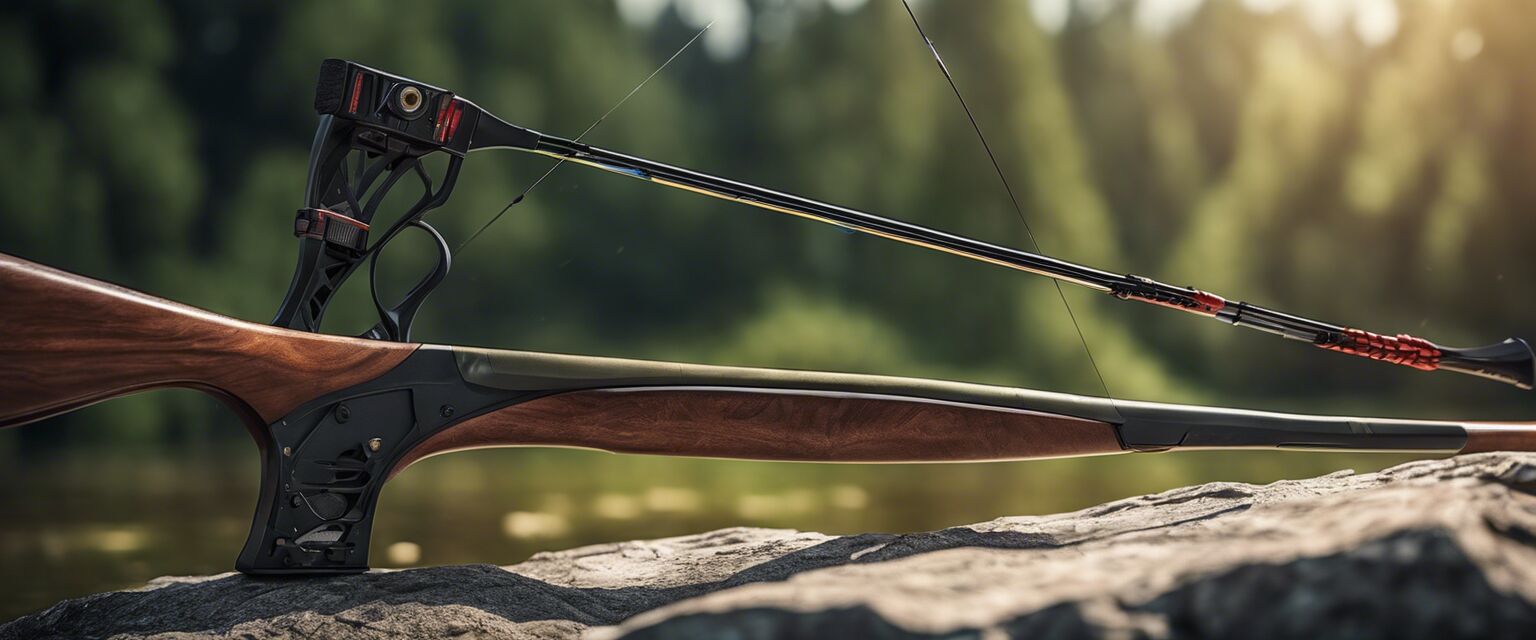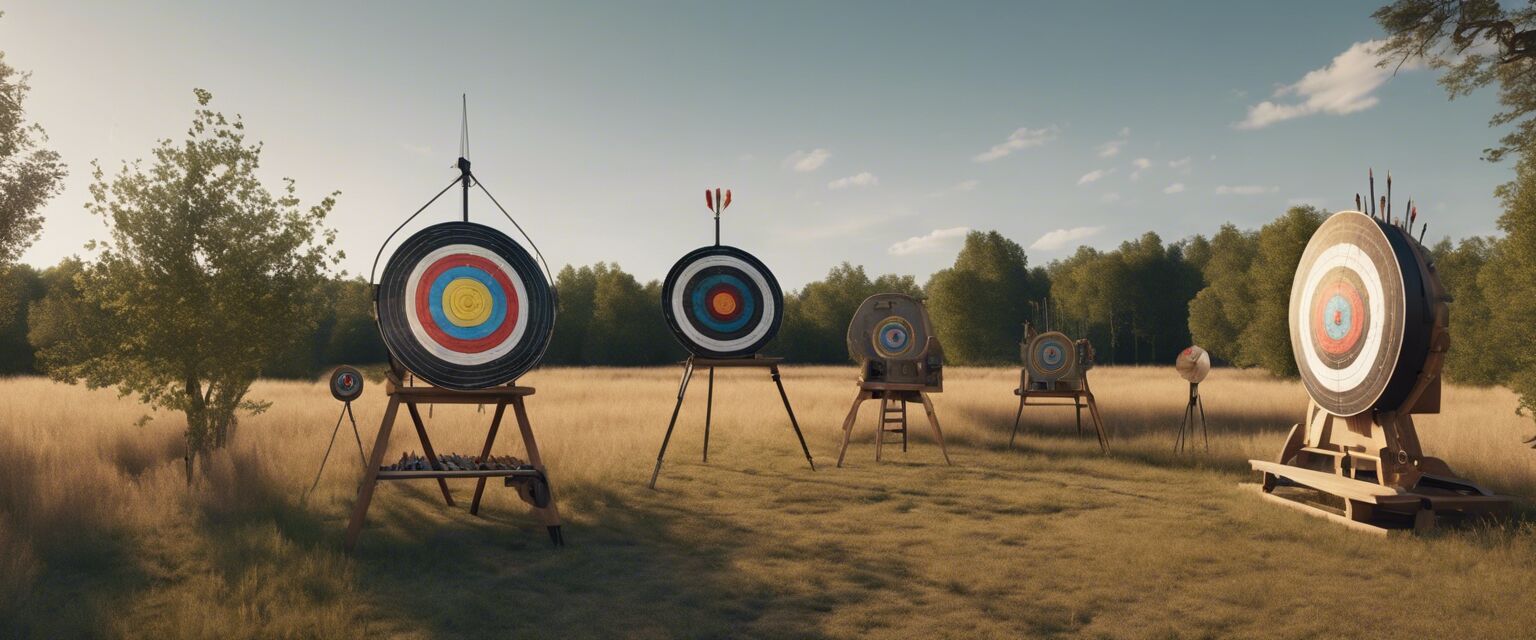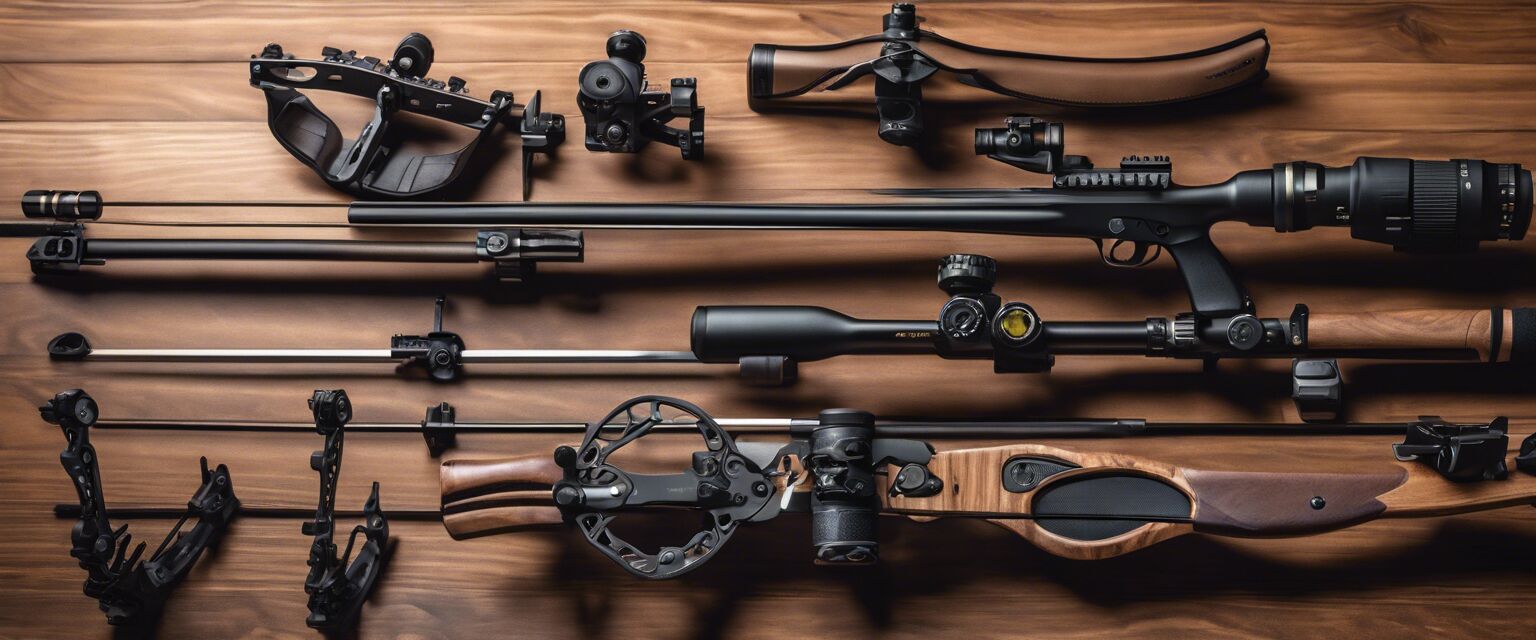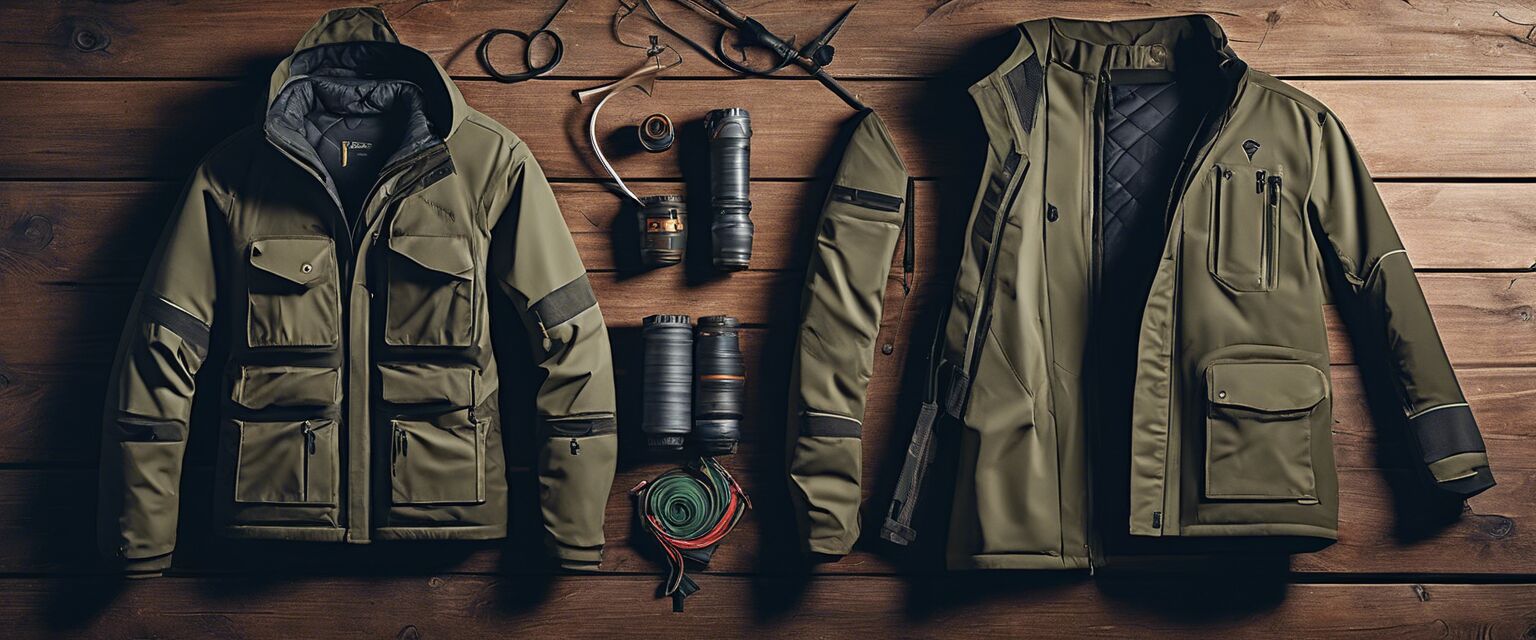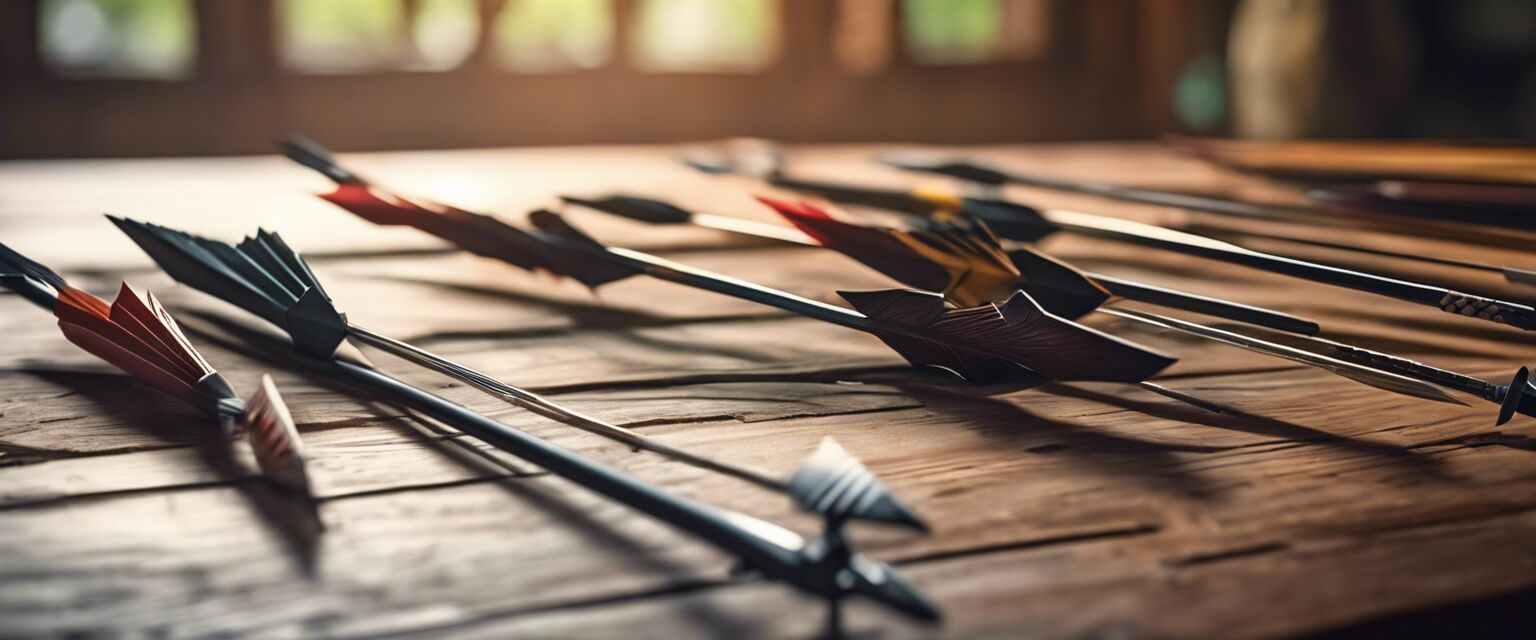
Arrows Reviews
If you're an archery enthusiast, understanding the different types of arrows available can significantly impact your shooting performance. This comprehensive guide reviews various arrow types, focusing on their materials, designs, and overall effects on your archery experience. Whether you are a beginner or a seasoned archer, this article aims to provide valuable insights into choosing the right arrows for your needs.
Key Takeaways
- Arrows come in various materials including carbon, aluminum, and wood.
- Arrow length and spine stiffness are crucial for accuracy and performance.
- Choosing the right fletching affects arrow flight and stabilization.
- Understanding arrow design and functionality can enhance your archery experience.
Types of Arrows
Arrows can be classified into different categories based on their materials and design. Let's explore some of the most common types:
| Type of Arrow | Material | Best For |
|---|---|---|
| Carbon Arrows | Carbon Fiber | Target Shooting & Competitive Archery |
| Aluminum Arrows | Aluminum Alloy | Target Practice & Beginners |
| Wooden Arrows | Wood | Traditional Archery & Historical Reenactment |
| Composite Arrows | Mix of Materials | All-round Use |
Material Overview
The material from which an arrow is made plays a significant role in its performance. Below are key considerations for each type:
Tips for Choosing Arrow Materials
- Carbon: Lightweight and durable, ideal for speed and precision.
- Aluminum: Offers consistency and is typically less expensive, making it great for beginners.
- Wood: Traditional feel with unique aesthetic but can lack consistency.
- Composite: A blend that provides durability and value.
Arrow Design Considerations
Beyond materials, the design of the arrow is fundamental to how it performs in various archery scenarios. Factors to consider include:
| Design Component | Impact on Performance |
|---|---|
| Fletching | Affects stabilization and flight path. |
| Tip | Type of tip influences penetration and target interaction. |
| Shaft Diameter | Impacts arrow weight and performance in wind conditions. |
| Spine Rating | Determines how much the arrow flexes; vital for accuracy. |
Fletching Options
The fletching on an arrow can be made from various materials and designs. The main types include:
- Plastic vanes: Lightweight and durable, offering good stability.
- Feathers: Traditional and provides excellent stability but can be less durable.

Choosing the Right Arrow for Your Style
Different archers have unique styles and preferences. If you're unsure which arrow is best suited for you, consider the following:
- Type of Shooting: Target, hunting, or field archery.
- Frequency of Use: Regular practice vs. occasional use.
- Personal Preference: How the arrow feels during shoot.
Common Mistakes When Buying Arrows
Here are some common mistakes to avoid when selecting arrows:
- Ignoring Arrow Length: Ensure the arrow length matches your draw length.
- Neglecting Spine Rating: Mismatched spine can lead to poor accuracy.
- Choosing the Wrong Material: Selecting a material that does not fit your shooting style.

Pros
- Diverse options for different styles and preferences.
- Enhanced performance with the right materials and design.
- Improved accuracy and consistency in shooting.
- Variety suitable for beginners to professionals.
Cons
- Higher quality arrows can be expensive.
- Selection can be overwhelming for beginners.
- Incompatibility with specific bows can lead to performance issues.
Conclusion
Choosing the right arrows is paramount for maximizing your archery performance. Understanding the different types of arrows and their various components can help you make informed decisions. Whether you opt for carbon, aluminum, or wooden arrows, each has its unique benefits and drawbacks. By analyzing the factors above and considering your archery goals, you can set yourself up for success.
Explore More on Archery
For more insights on specific gear, check out our sections on:

